Lasers are famous for their focusability. (As in: “laser-focus.”)
That’s why many laser power sensors have 30, 20, or even just 10 mm apertures. This is usually more than enough space for a laser beam.
But what about large lasers like diode stacks or non-laser light sources? How can a small sensor measure a large laser beam?
The Hard Way
Until now, there was often no easy answer.
It could involve a large, expensive integrating sphere or complicated beam optics to narrow the laser beam down to size.
Or, depending on the application, you could just measure power density instead of overall power.
However, this is not always the measurement you need to make.
As is often the case, the simplest answer is the best one too.
The Easy Way
Use a really big sensor to measure really big lasers.
Our biggest sensor used to be only about 60 mm in its aperture. Then about a year ago, we came out with a large-aperture sensor: 120 mm.
Today, Ophir released its 6K-W-BB-200×200, which (you guessed it!) has an aperture of 200 mm squared. Of course, we can always go bigger, but for now, this should satisfy many of your needs.
How About You?
What’s your application? How large is your laser? Let me know and I will personally deliver the comments to our CTO.
I’m not kidding.

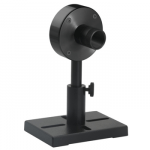


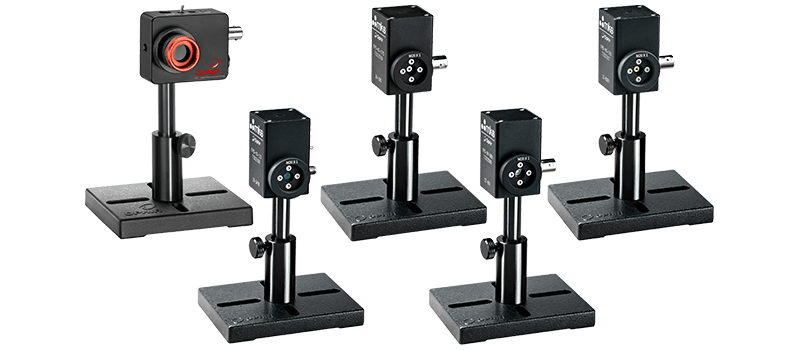
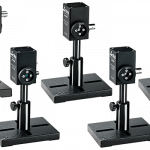

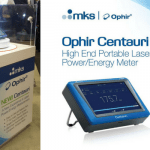
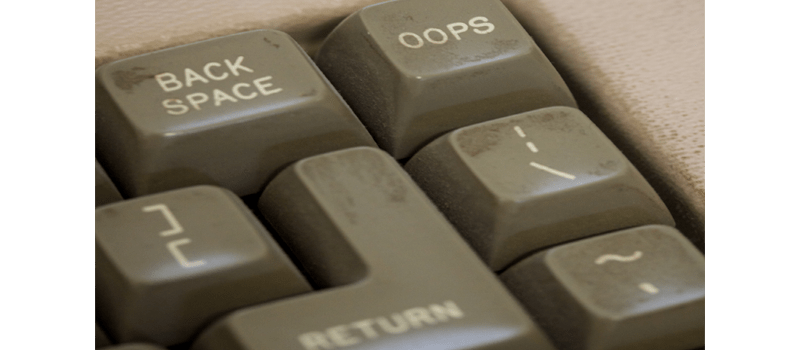

Hi, I saw the large Laser sensor you propose on your website and I was interesting in this product. However, my Laser source is low power but with large beam size and it has vibration problem which is comes from a bad design…
My job is to find a solution to measure its energy, so I need a large Laser sensor to cover the laser beam and vibration range.
Here is Laser configuration:
Lamda: 1064nm
Repetition rate: 20Hz
Energy: 20~100mJ
Beam Size: Circle with dia 40mm
Vibration range: 150mm*100mm